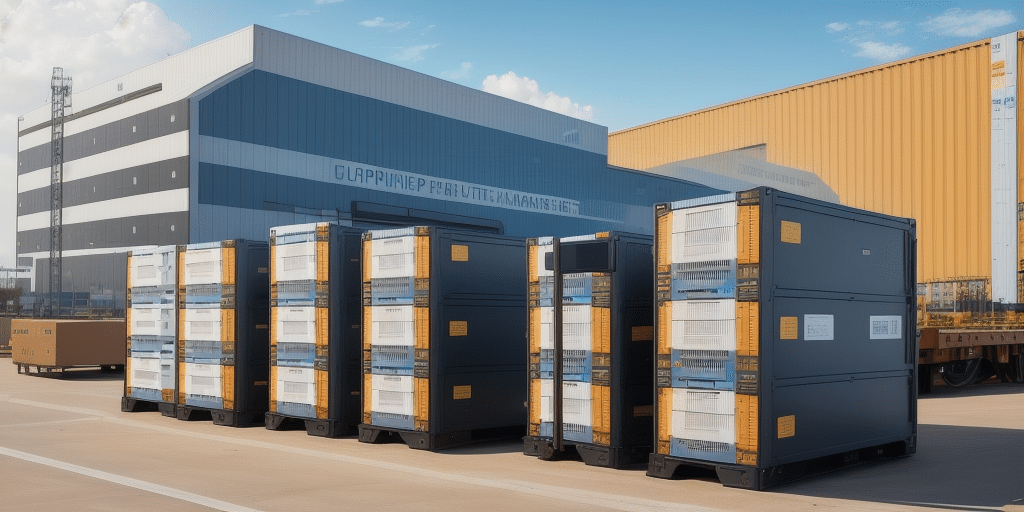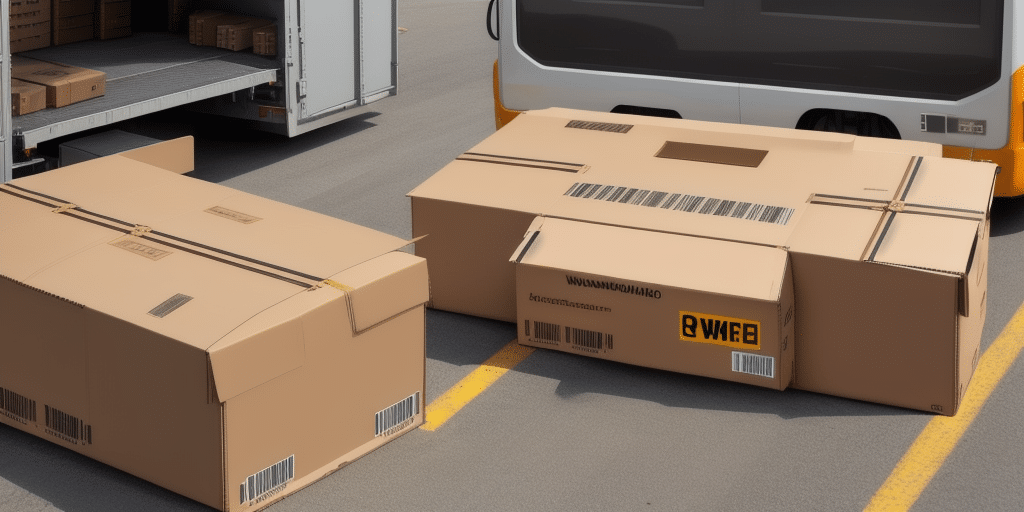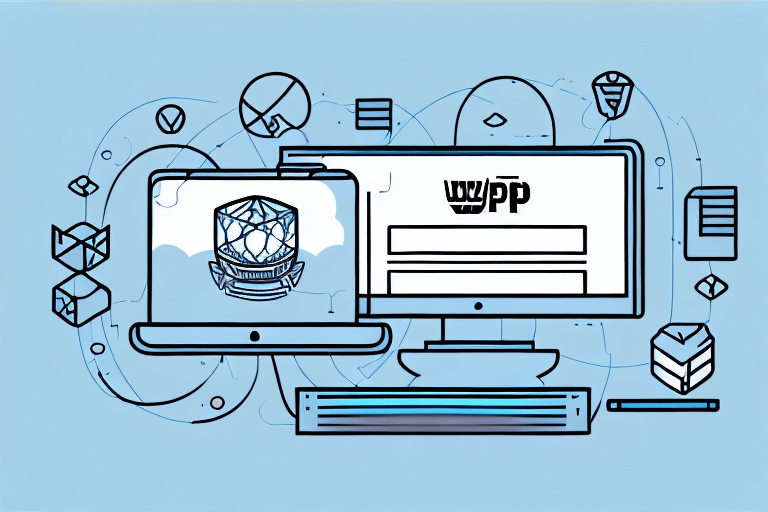Troubleshooting Issues with Upgrading UPS WorldShip 2017 Remote Workstation
Upgrading your UPS WorldShip 2017 Remote Workstation is crucial to ensure your system benefits from the latest features and security updates. However, the upgrade process can present challenges that may disrupt your operations if not properly managed. This guide explores the reasons for upgrading, common issues encountered during the process, and offers actionable tips for a smooth transition. Additionally, it covers essential steps for data backup, rollback procedures in case of upgrade failure, resolving installation errors, troubleshooting post-upgrade connectivity issues, understanding system requirements, and highlights the importance of keeping your UPS WorldShip software up-to-date.
Benefits of Upgrading to UPS WorldShip 2017 Remote Workstation
Upgrading to the UPS WorldShip 2017 Remote Workstation brings several advantages that enhance your shipping operations:
- Enhanced Features: Streamline your shipping process with improved label generation, tracking, and reporting capabilities.
- Increased Security: Benefit from advanced security measures that protect sensitive shipping and billing information.
- Improved Compatibility: Seamlessly integrate with other business systems such as inventory management and order processing software.
- Efficiency Gains: Accelerate processing times with better invoice consolidation and account management tools.
According to a Gartner report, businesses that upgrade their shipping software experience a 20% increase in operational efficiency.
Common Issues Encountered During Upgrade
While upgrading UPS WorldShip 2017 Remote Workstation is beneficial, several challenges may arise:
Slow Download Speeds
Slow download speeds can delay the upgrade process. This issue is often caused by limited internet bandwidth or restrictive network security settings.
- Solution: Coordinate with your IT team to ensure sufficient bandwidth and adjust firewall settings to allow the upgrade download.
Connectivity Problems
Network disruptions can interrupt the upgrade, leading to incomplete installations.
- Solution: Verify stable network connections and consult your IT department to resolve any lingering connectivity issues.
Compatibility Issues
Conflicts with the existing operating system or other installed software can hinder the upgrade.
- Solution: Review the system compatibility requirements before upgrading and update any conflicting software.
Tips for a Successful Upgrade
Ensuring a seamless upgrade involves meticulous planning and execution. Here are key tips to consider:
- Stable Internet Connection: Maintain a reliable internet connection throughout the upgrade process.
- System Compatibility: Confirm that all system components meet the minimum requirements for UPS WorldShip 2017.
- Disable Interfering Software: Temporarily turn off antivirus programs and firewall settings that may block the upgrade.
- Close Running Programs: Ensure all unnecessary applications are closed to prevent conflicts during installation.
- Backup Data: Always back up essential data before initiating the upgrade to safeguard against potential data loss.
- Review Documentation: Carefully read the release notes and upgrade instructions provided by UPS.
How to Backup Data Before Upgrading
Backing up your data is a critical step to prevent loss during the upgrade. Follow these steps to ensure your data is secure:
- Locate Data Directory: Navigate to the directory on your computer where UPS WorldShip data is stored.
- Copy Data: Create a copy of all relevant data files and store them in a secure location, such as an external hard drive or cloud storage.
- Backup Database: Save a separate copy of your current database to facilitate an easy rollback if needed.
- Test the Backup: Restore the backup in a test environment to verify its integrity and completeness.
- Ensure Sufficient Storage: Confirm that there is enough storage space available for the backup files.
Rolling Back to a Previous Version if Upgrade Fails
If the upgrade to UPS WorldShip 2017 encounters critical issues, reverting to the previous version may be necessary. Here's how to perform a rollback:
- Backup Current Data: Ensure that all current data is backed up to prevent loss during the rollback.
- Uninstall UPS WorldShip: Go to the Control Panel, select Programs and Features, find UPS WorldShip, and initiate the uninstallation process.
- Restore Previous Version: Reinstall the older version of UPS WorldShip using your backup files.
Note: In some cases, rolling back may not be feasible if significant changes were made during the upgrade. It's advisable to consult with UPS technical support for assistance.
Resolving Installation Errors During Upgrade
Installation errors can disrupt the upgrade process. Common causes and solutions include:
Residual Installation Files
Leftover files from previous installations can cause conflicts.
- Solution: Open the Run dialog (Win + R), type
%temp%, and delete any UPS WorldShip-related temporary files before retrying the installation.
Insufficient Disk Space
Lack of adequate disk space can prevent successful installation.
- Solution: Free up disk space by removing unnecessary files or programs.
Antivirus Interference
Antivirus software may block certain installation processes.
- Solution: Temporarily disable antivirus software during the installation and re-enable it afterward.
Troubleshooting Connectivity Issues Post-Upgrade
After upgrading, connectivity issues may arise affecting the Remote Workstation's performance. To address these:
- Repair Installation: Go to Control Panel > Programs and Features, select UPS WorldShip, and choose the Repair option.
- Check Network Settings: Ensure that the Remote Workstation is correctly configured within your network settings.
- Contact Support: If issues persist, reach out to UPS technical support for specialized assistance.
Understanding System Requirements for UPS WorldShip 2017 Upgrade
Before upgrading, verify that your system meets the necessary requirements to ensure compatibility and optimal performance:
- Operating System: Windows 7 or higher.
- RAM: Minimum of 8GB.
- Storage: At least 4GB of internal storage capacity.
- Internet Connection: Stable connection with a minimum of 56 kbps.
- Additional Software: Ensure that existing software, including antivirus and firewall, are updated to support the upgrade.
Meeting these requirements helps prevent compatibility issues and ensures a smooth upgrade process.
The Importance of Keeping UPS WorldShip 2017 Remote Workstation Up-to-Date
Maintaining the latest version of UPS WorldShip is vital for several reasons:
- Security Enhancements: Regular updates include patches that protect against emerging cyber threats.
- Feature Upgrades: Access new functionalities that improve shipping efficiency and accuracy.
- Compatibility: Ensure seamless integration with other business systems and software updates.
According to a CSO Online article, regularly updating software can reduce vulnerability to security breaches by up to 30%.
Conclusion
Upgrading to the UPS WorldShip 2017 Remote Workstation is a strategic move to enhance your shipping operations' efficiency, security, and compatibility. While the upgrade process may present challenges such as slow downloads, connectivity issues, and compatibility conflicts, following the outlined tips and ensuring proper data backup can mitigate these risks. Understanding system requirements and being prepared to troubleshoot installation and post-upgrade issues are essential steps for a successful transition.
Moreover, keeping your UPS WorldShip software up-to-date ensures that your business benefits from the latest features, security enhancements, and integration capabilities, maintaining a competitive edge in the shipping industry.
For more information and support, visit the official UPS WorldShip website or contact UPS technical support.








